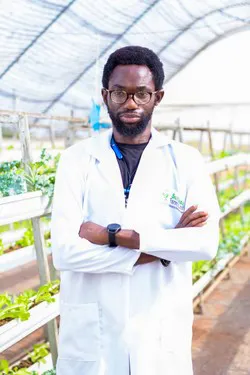 No need to reiterate how CEA offers opportunities to improve food supply and safety. The old story goes that it is more easily said than done, especially when setting up such cultivation settings. That is why Farmer Samson Ogbole and Soilless Farm Lab have embarked on a mission to train growers in Nigeria and other neighboring countries.
No need to reiterate how CEA offers opportunities to improve food supply and safety. The old story goes that it is more easily said than done, especially when setting up such cultivation settings. That is why Farmer Samson Ogbole and Soilless Farm Lab have embarked on a mission to train growers in Nigeria and other neighboring countries.
“We are technology enablers for agriculture with a vision to ensure a world where food production is not seasonal because hunger is not,” says he. “To this end, we are deploying the use of protected technology with soilless farming technology. In addition, we also use artificial intelligence in our irrigation for precision-based farming. We believe the process of food production must be healthy for the farmer, healthy for the consumer, and healthy for the environment.”
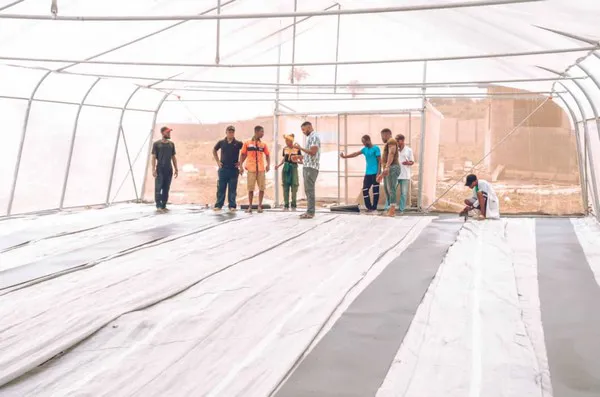
Samson believes that Nigerian growers haven’t picked up on hydroponic cultivation yet because there’s a widespread lack of knowledge. “The first major challenge is to bridge the knowledge gap about protected cropping, as that is not traditional to us,” he points out. “Then, there’s a lack of indigenous technology here. If you look at the technology growers are using in Europe, you can see that they are so far ahead compared to us. That means that we are forced to import that technology if we want to do protected cropping. Bluntly put, the over-dependence on tech importation is not really good for the development of the nation. It is not only because European technology is highly dependent on electricity. In many parts of Africa, electricity is not a given, so we cannot make big investments in tech that are dependent on something we don’t have constant access to. That would make protected cropping an obstacle rather than an enabler.”
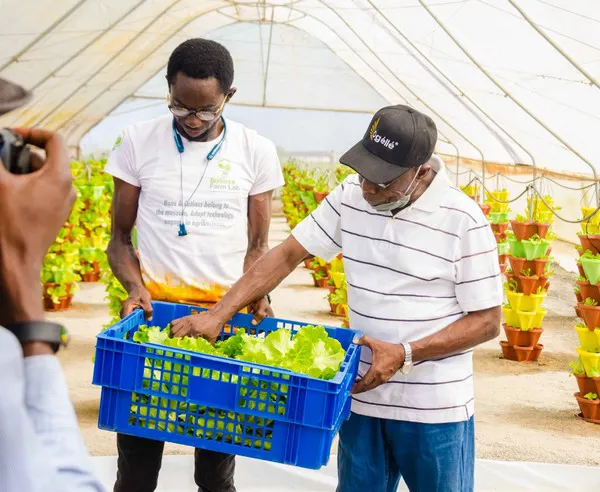
Lack of knowledge
To explain the knowledge gap, Samson gives an example. “Imagine taking a doctor from the US and telling him to treat malaria here. That is an area that doctor has never really been into before. It’s like telling a farmer to grow yam and expecting them to be super proficient from the get-go. First, they need to understand what yam is and then go through a learning process to understand the plant and the environment it thrives. Similarly, if you want to discuss hydroponics for the African population, then hydroponics becomes easier to adopt if the person in question understands the environment and how to position protected cropping in that. When there’s no understanding of the environment one operates in, then there’s a disconnect. You suddenly realize that the principles governing things might be the same, but the expression of those principles is different. In other words, to close the knowledge gap, we need to instill the principle of reality. For instance, in Europe, growers use lights, and rock wool, while we have different tools to achieve similar results. The point is to develop the local grower community through the technology we can use and close the knowledge gap in doing that.”
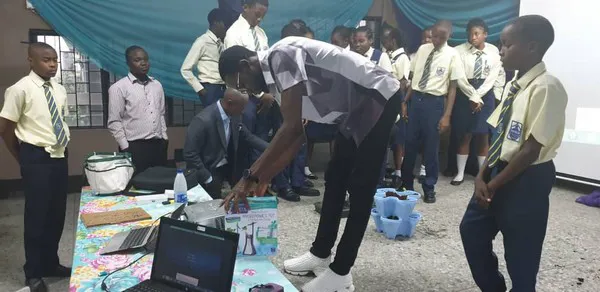
Teaching complexity
So, Soilless Farm Lab and Samson are busy training growers or soon-to-be growers in understanding horti technology and how that can be advantageous for both their business and food supply. “We have a system that allows our trainees to fully follow the entire cultivation process,” he explains.
“Our concern is not only to teach these people what protected cropping is and how it works, but also and especially to make them feel a part of what is happening, to have them fully immersed in what is going on. We make them understand the environment rather than just training them. In this way, people that come from the north would know what needs to be done to achieve a certain result. Another person coming from the south would strive to achieve the same outcome too, but they would be aware that their process needs to be different from the northern guy’s. The most crucial thing is to make people understand the different possibilities they have and give them the tools to seize them and realize their protected cropping project.”
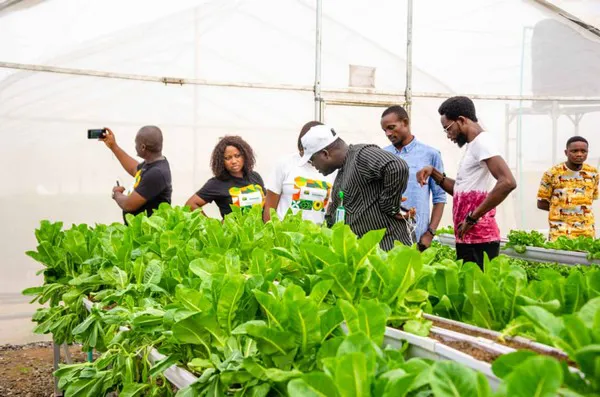
A standardized future
At the same time, the mission of Samson and Soilless Farm Lab does not end with educating as many growers as possible. “Reaching out to farmers and teaching them the principles of protected cropping is the first step,” he points out. “For the immediate future, we want to create a set of standards hydroponics growers can look at. The local industry too needs standardization and quality control. That would allow every grower to have something to measure the quality of their product, not only pushing the sector as a whole to improve, but also to supply the market with high-quality products.”
For more information:
Soilless Farm Lab
sfarmlab.com
